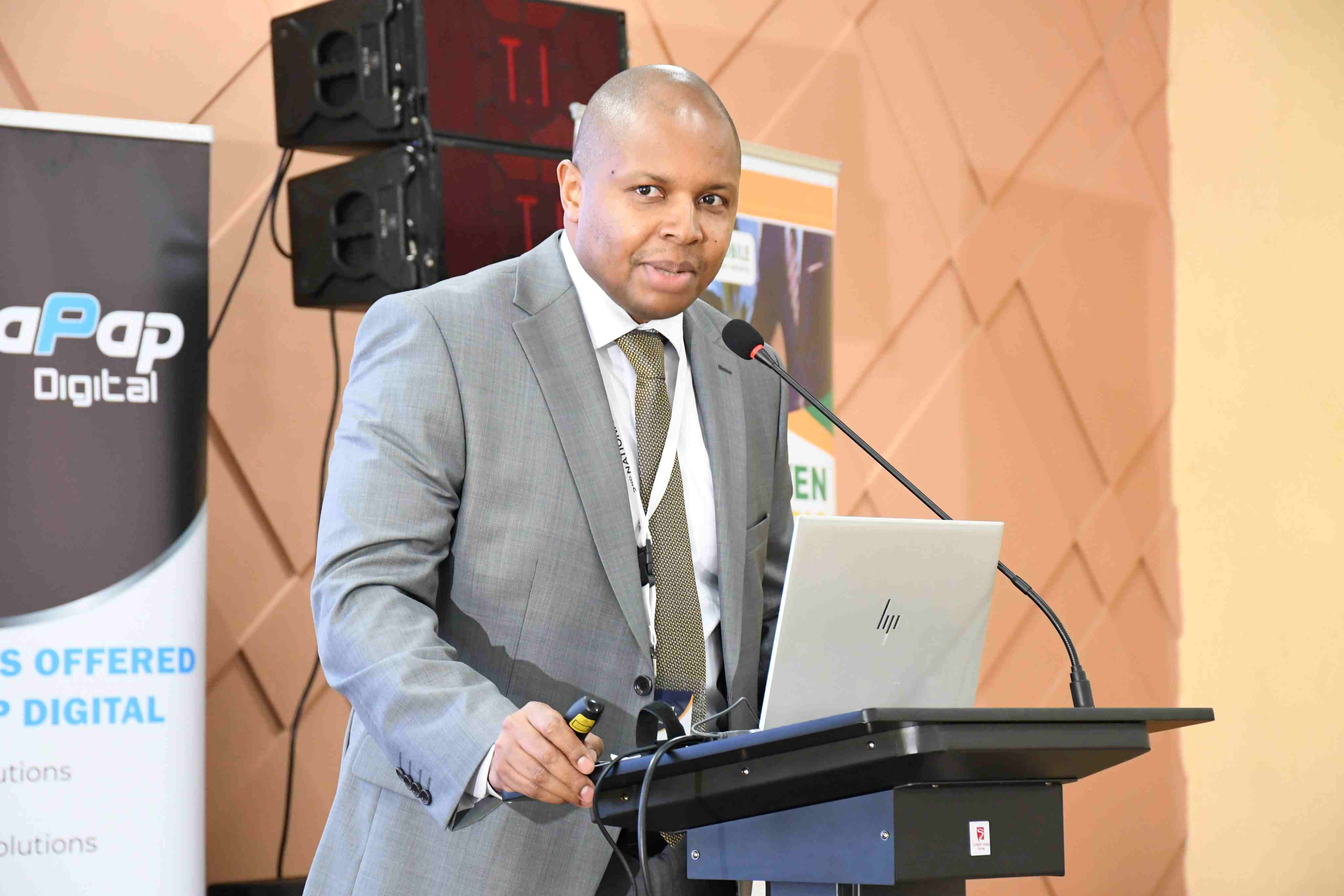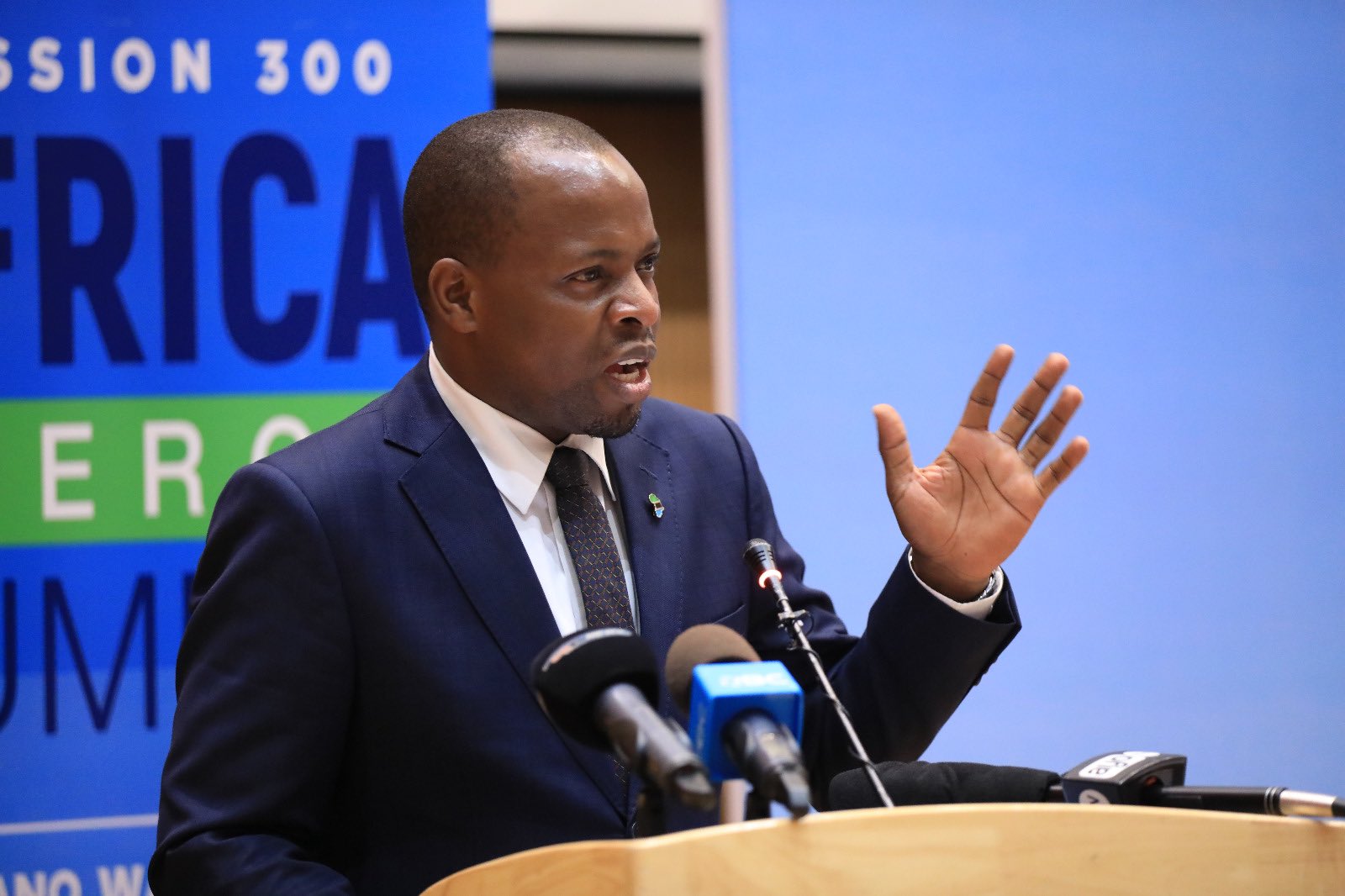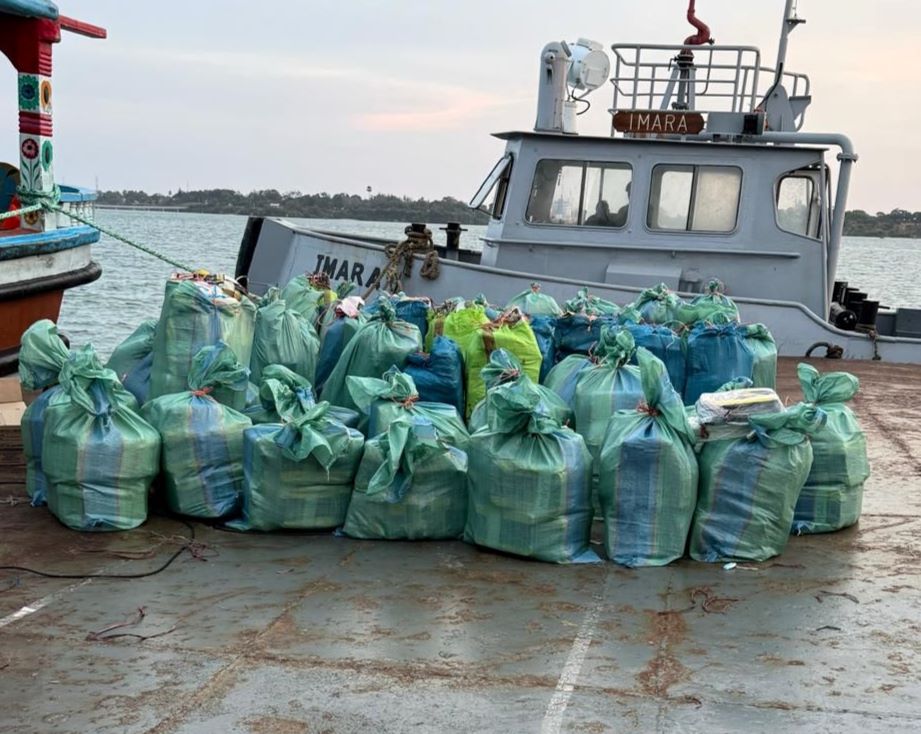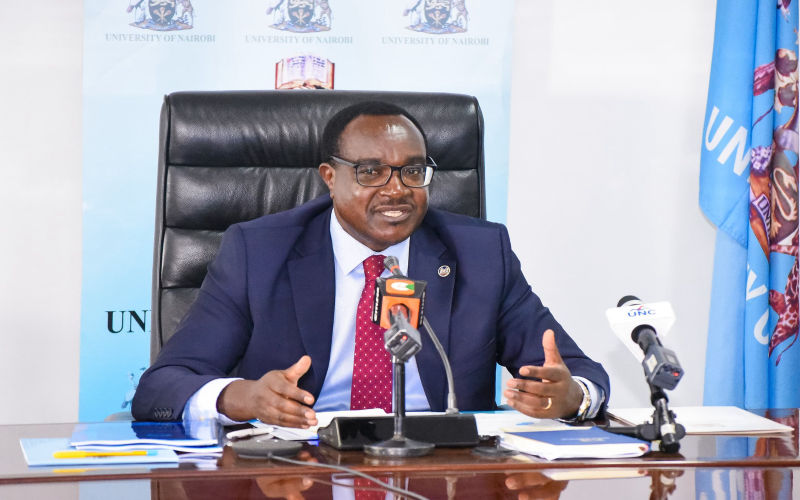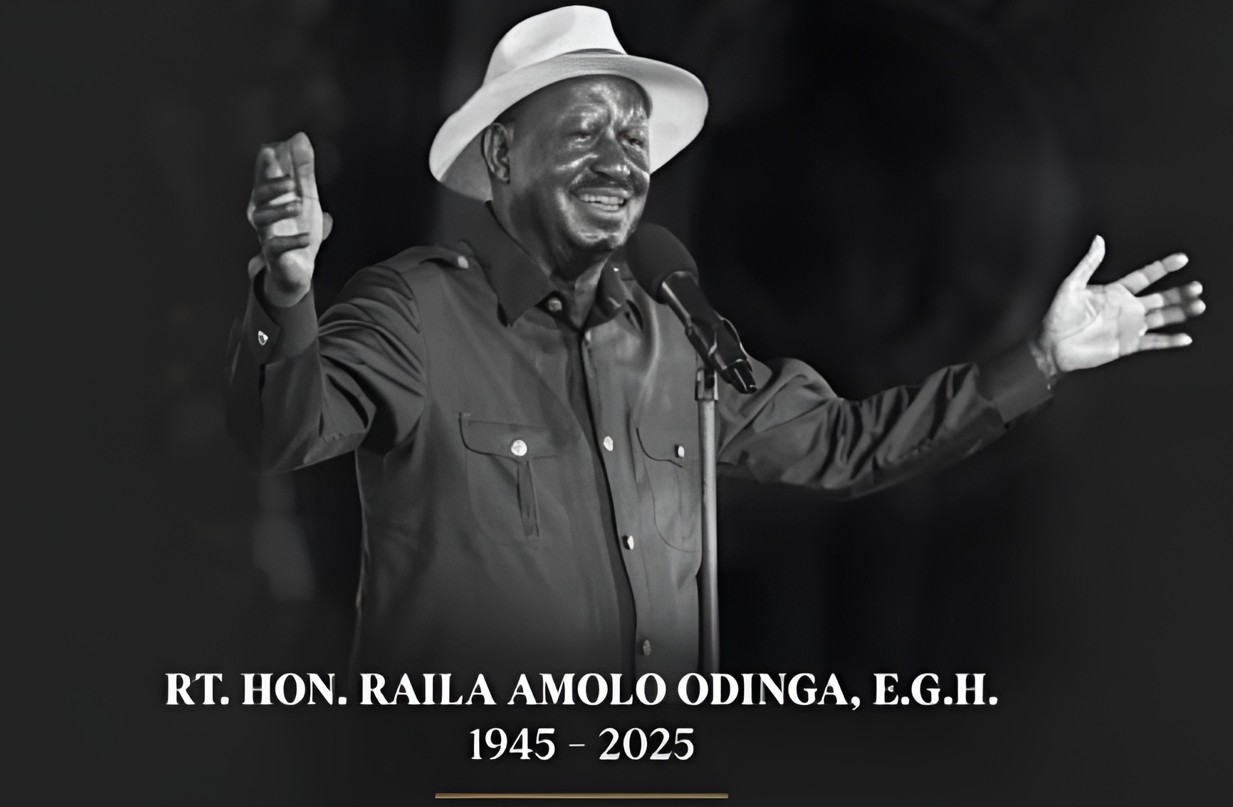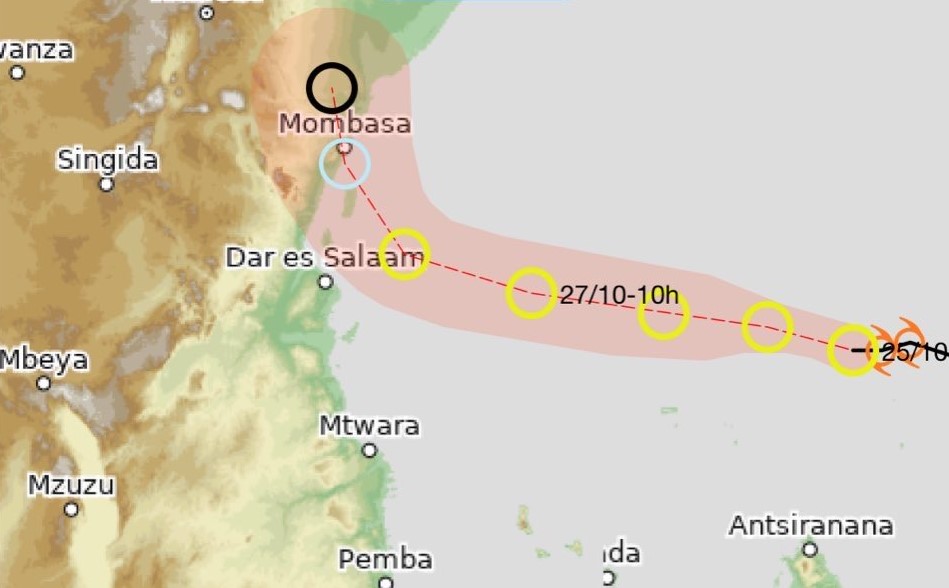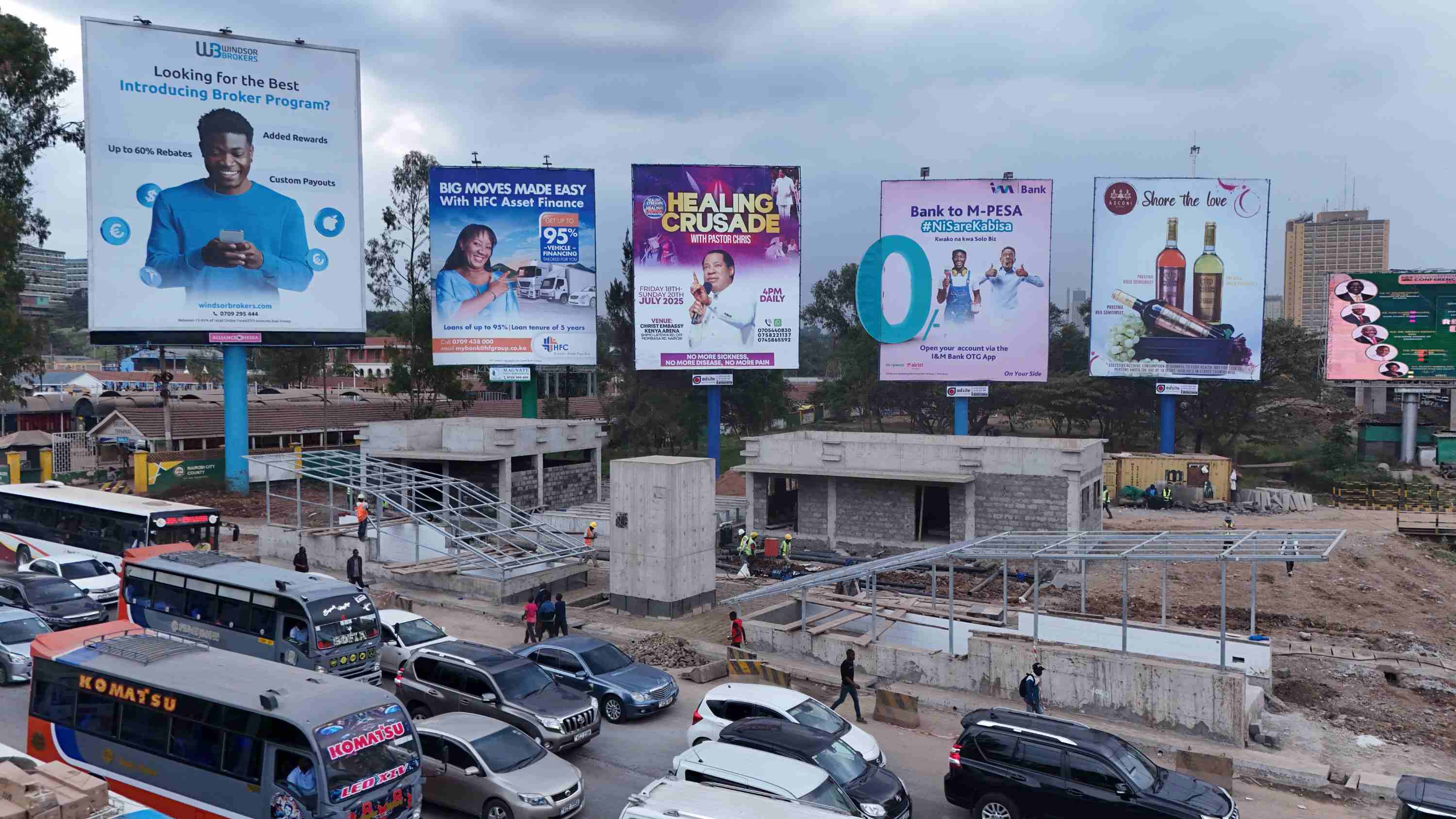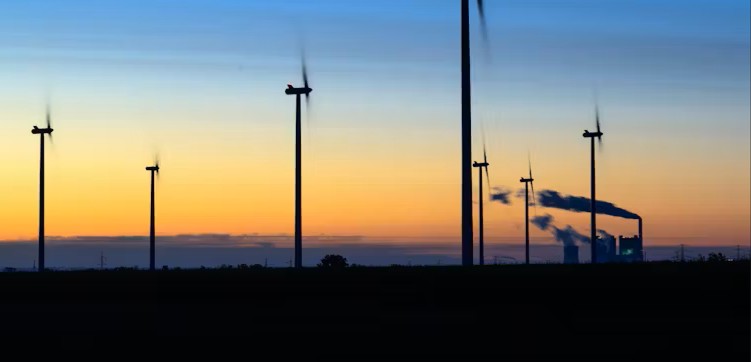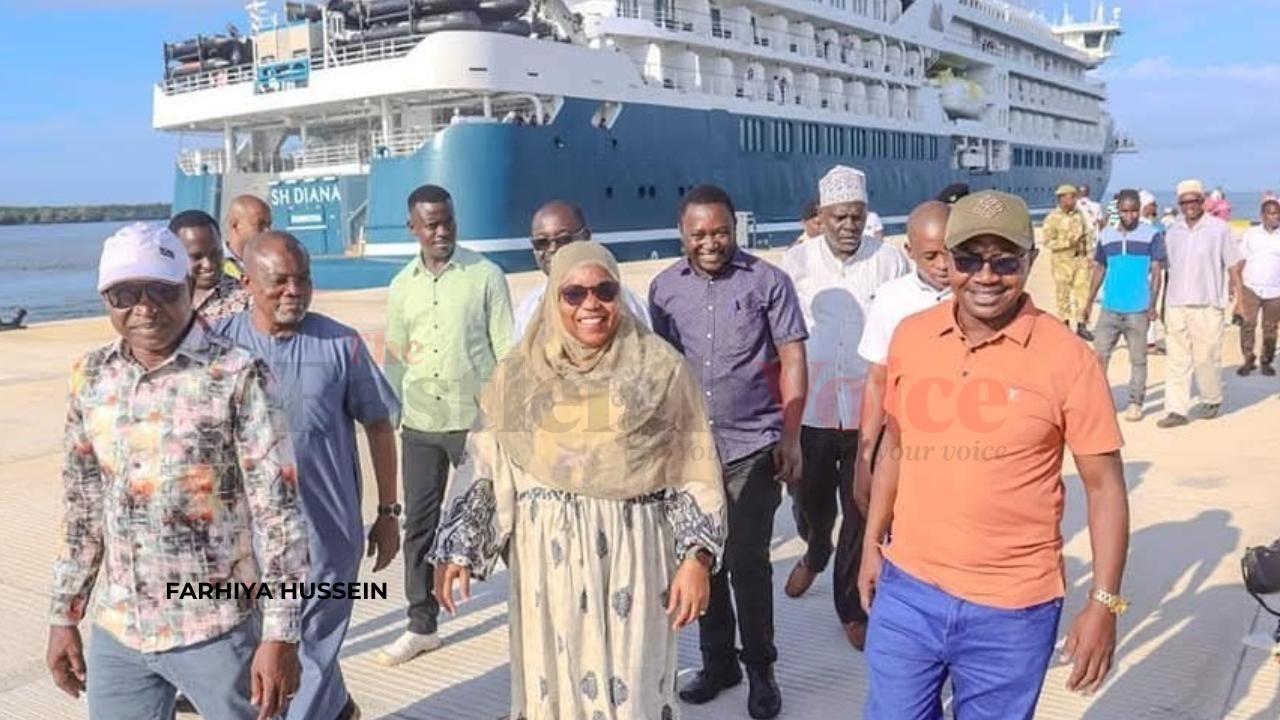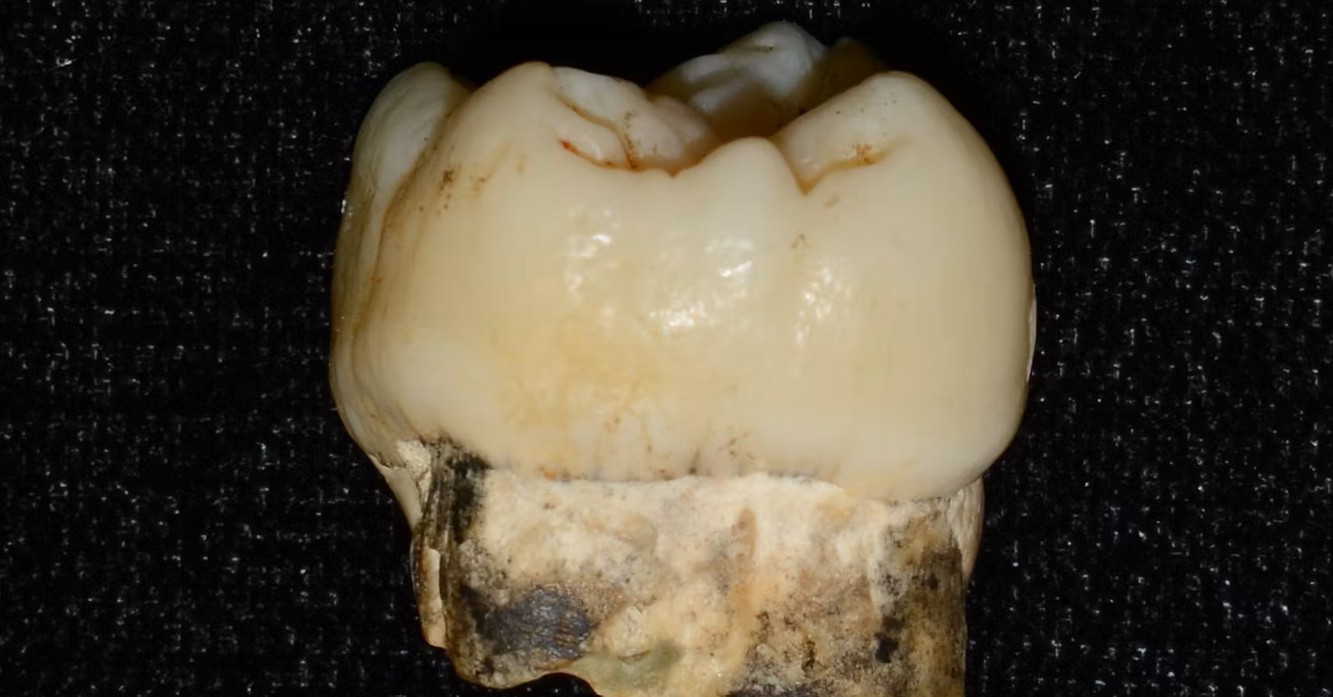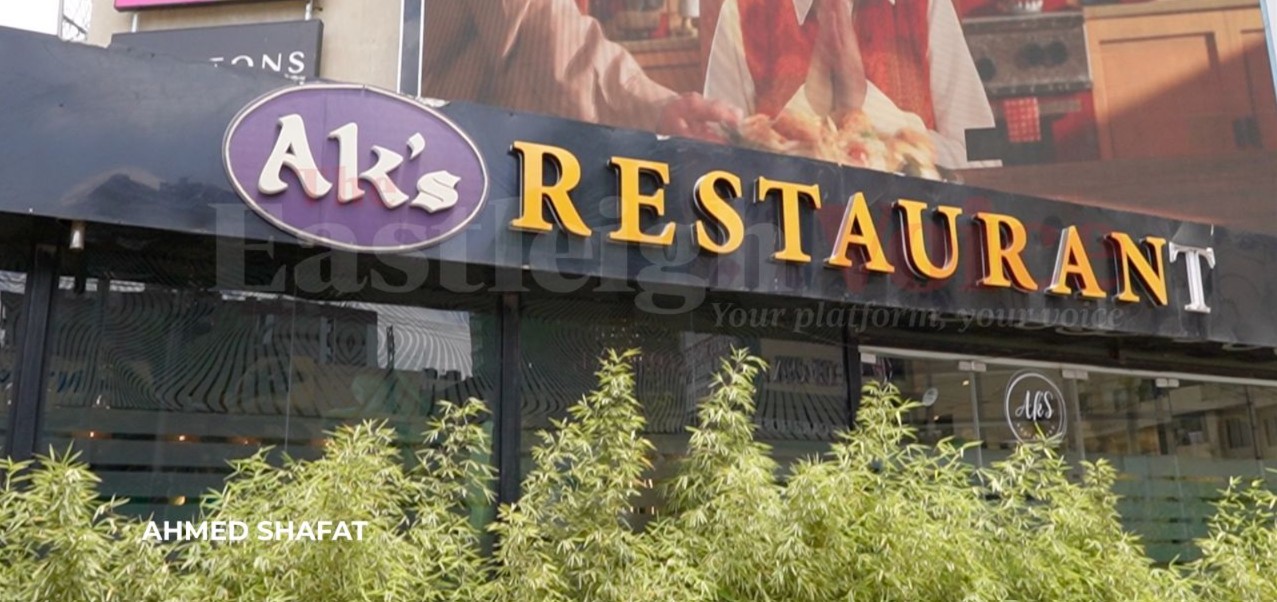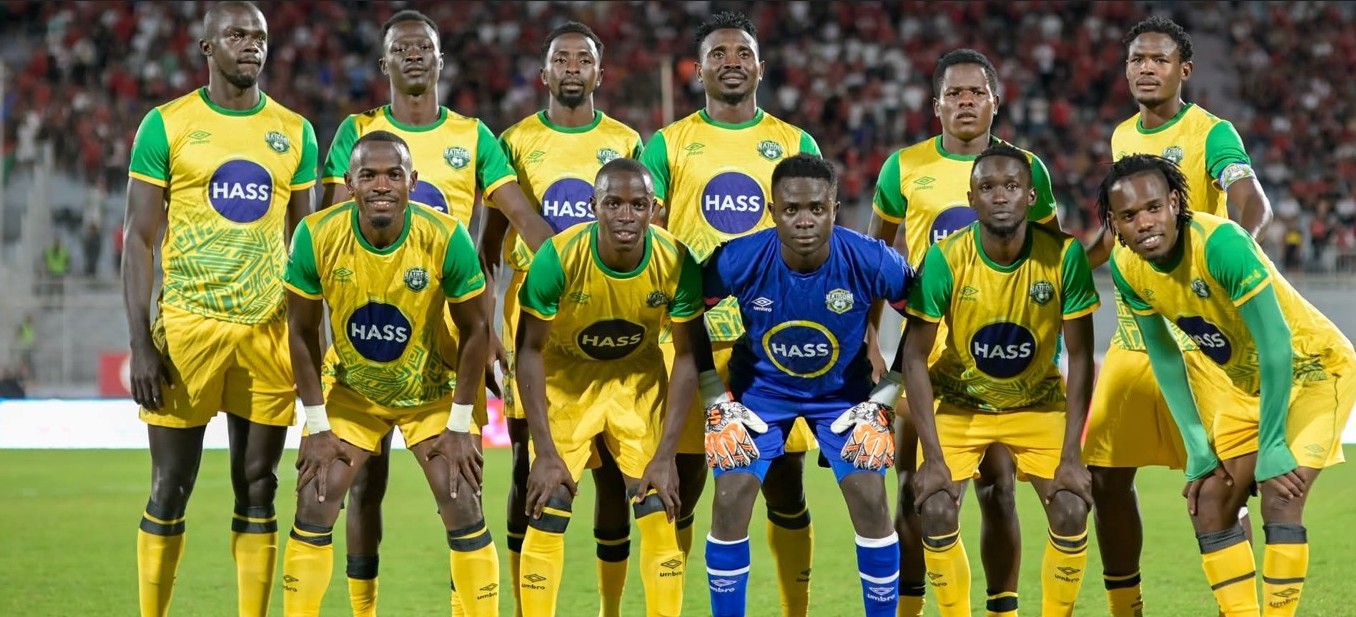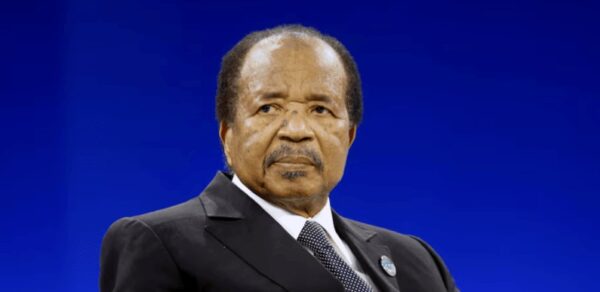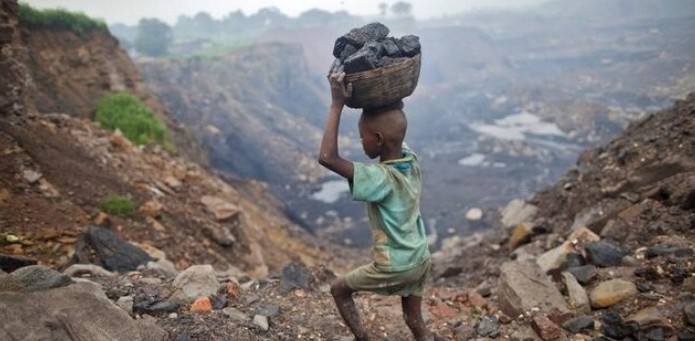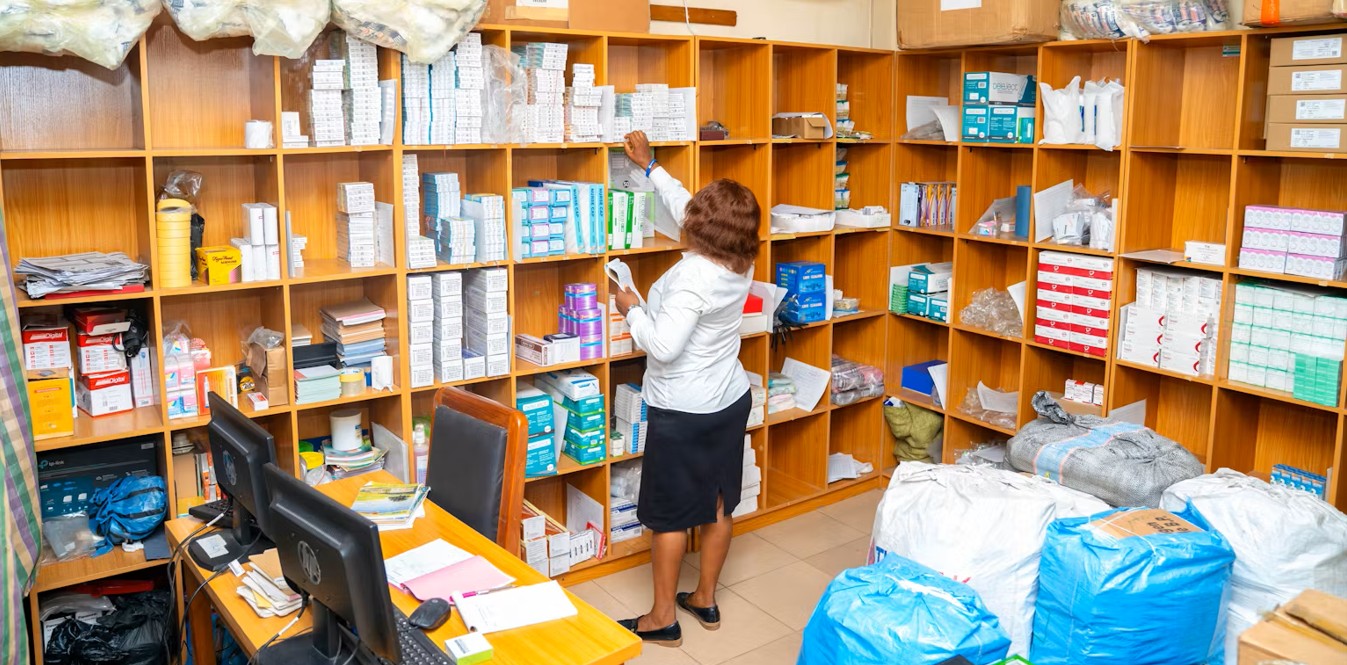SADC chairmanship: Will Andry Rajoelina maintain Emmerson Mnangagwa's momentum?
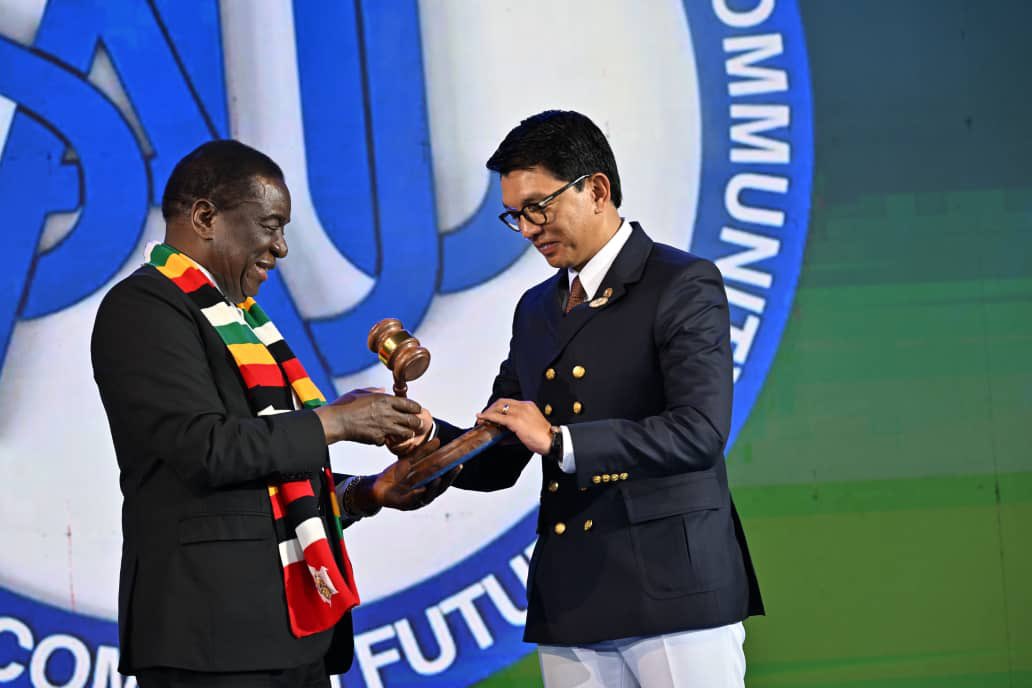
During his one-year term as SADC chair, Mnangagwa championed deeper regional integration, economic cooperation, industrialisation, food security and was an advocate of strengthened people-to-people relations.
Zimbabwe President Emmerson Mnangagwa handed the chairmanship of the Southern African Development Community (SADC) to Madagascar’s Andry Rajoelina at the 45th SADC Summit of Heads of State and Government held in Madagascar on August 17, 2025, in Antananarivo, Madagascar.
Mnangagwa’s tenure as SADC chair was unprecedented.
More To Read
- Madagascar’s new military leader Randrianirina appoints ex-banker Rajaonarivelo as Prime Minister
- Zimbabwe's ZANU-PF proposes constitutional amendment to keep Mnangagwa in power
- Can the AU prevent coups like Madagascar's?
- Former Malawian president heads SADC fact-finding mission to Madagascar
- Madagascar soldiers join mass protests against President Rajoelina’s rule
- Fragmented economic integration dragging Africa’s harmonisation drive - report
It was characterised by unparalleled hype never witnessed in the region since the inception of the regional bloc on August 17, 1992.
Immediately after Mnangagwa assumed the position of chairperson of SADC on August 17, 2024, during the 44th SADC Summit of Heads of State and Government held in Harare, jingles celebrating his ascendance to the position dominated the airwaves on the state-run Zimbabwe Broadcasting Corporation.
Quiz sessions aimed at raising greater awareness of SADC among school children and the youth also became a permanent feature on television and radio in Zimbabwe.
Not to be outdone, politicians loyal to the Zimbabwean strongman went into overdrive as they took turns to shower him with praise for ascending to the position of SADC chair.
Politicians, especially from the ruling Zanu PF party, constantly reminded Zimbabweans at various congregations that ranged from political rallies, funerals and religious gatherings that Mnangagwa was at the helm of the regional bloc.
A Zanu PF veteran politician who is also an MP and chairperson of Parliament’s Foreign Affairs and International Trade Committee, Webster Shamu, described Mnangagwa’s performance as “about action, not words”.
“There are moments and achievements that go beyond political party persuasion; they speak to us as Zimbabweans, united in pride and purpose. This chairmanship is one such moment,” Shamu declared in Zimbabwe’s Parliament on Thursday
But beyond the hype that characterised his tenure as SADC chair, Mnangagwa indeed lived up to expectations and perhaps surpassed the usually expected outlooks from this ceremonial position.
No doubt, regional leaders who have occupied the post of SADC chair since 1992 were routine in their leadership approach and did not scale the heights reached by Mnangagwa.
This remarkable performance, which providentially matched the hype around his ascendance to the position, prompted his loyalists and admirers to wax his credentials as a regional statesman.
During his one-year term as SADC chair, Mnangagwa championed deeper regional integration, economic cooperation, industrialisation, food security and was an advocate of strengthened people-to-people relations.
He championed the development of strategic corridors and one-stop border posts to enhance the region's integration efforts.
Mnangagwa pushed for the establishment of a fully-fledged SADC Parliament.
Under the framework, all SADC Parliamentary Forum (SADC PF) member parliaments are now formally united in support of the region’s transformation agenda, strengthening the foundation for deeper regional integration and parliamentary cooperation.
The SADC PF drive reached a historic milestone on 17 August 2025 when the signing took place during the closing ceremony of the 45th Ordinary Summit of SADC Heads of State and Government in Antananarivo.
“On that very day, Madagascar and Mauritius signed the Agreement Amending the Treaty, bringing to 15 the members that have signed up — thanks to the leadership prowess of His Excellency, the President,” Shamu said.
Mnangagwa also commissioned the construction of a SADC Standby Force Regional Logistics Depot in Botswana, which will play an important role in enhancing the region’s preparedness and response to conflict and humanitarian emergencies.
Under his watch as SADC chair, major milestones were recorded in implementing high-impact regional infrastructure projects.
To achieve sustainable progress, Mnangagwa said it was imperative that SADC urgently comes up with inventive and reliable sources of funding, pointing out that the SADC Regional Development Fund is a low-hanging fruit, which, when operationalised, will provide alternative financing for critical infrastructure projects.
To show commitment to the SADC Regional Development Fund, Zimbabwe has ratified the Protocol. Eight other SADC member states have also done the same.
The SADC Regional Development Fund intends to raise funds from member states, development partners, and the private sector with the aim of supporting regional development and strengthening integration across SADC.
“The SADC Regional Development Fund is a low-hanging fruit, which, when operationalised, will provide alternative financing for critical infrastructure projects,” Mnangagwa said as he handed over the chair.
During Mnangagwa’s tenure, the regional bloc collectively realised successes in developing institutions that underpin democracy and good governance.
In addition, he advocated that events such as the key SADC Industrialisation Week become an annual occurrence, providing platforms for networking, towards enhanced industrialisation, trade and investment.
But perhaps Mnangagwa’s most outstanding contribution as SADC chair was his drive towards the promotion of peace and stability in the region, which propelled him as an astute mediator in intricate conflicts.
As SADC chair, Mnangagwa led initiatives to end the perennial bloody conflict in the eastern Democratic Republic of Congo, where SADC had become a belligerent after it tactlessly deployed troops and equipment on the side of the Congolese army, which is fighting alongside the FDLR, a militia group which wants to destabilise Rwanda and topple the Kigali government.
The FDLR comprises mainly remnants of the perpetrators of the 1994 Genocide against the Tutsi, in which over one million people were killed in cold blood.
The Congolese army, in collaboration with the FDLR and a collection of brutal militias and the Burundian army are battling a revolution by the AFC/M23 rebels who are fighting to protect their rights in the eastern DR Congo, where the Tutsi community is being killed and violated.
At the invitation of DR Congo President Felix Tshisekedi, SADC deployed troops on December 15, 2023, hoping to repeat the 2012-13 success of the United Nations Force Intervention Brigade, which drove out the M23 from the South Kivu capital, Goma.
The SADC force replaced the East African regional force, which was expelled by Tshisekedi, who wanted it to go into direct combat with the AFC/M23.
The East African regional force had been tasked with overseeing an M23 withdrawal from territory it had captured.
The rebels had withdrawn from most of the territory that they controlled to pave the way for peace talks, but the DR Congo leader wanted the East African regional force to go into direct combat with the rebels, which was outside its mandate.
Incensed by the regional force’s refusal to take his side in the conflict, Tshisekedi expelled the East African regional troops and invited SADC.
Instead of conferring with the EAC to understand the intricacies around the conflict, SADC risibly deployed its forces.
Although the SADC Mission in the Democratic Republic of Congo (SAMIDRC) was framed as a peacekeeping mission, it didn’t meet the standard definition of peacekeeping as its mandate was a combat mission focused on shoring up the DR Congo army and its allies.
However, the SAMIDRC troop contributing countries, South Africa, Tanzania and Malawi failed in this mission and suffered casualties at the hands of the AFC/M23 rebels who seized Goma, the capital of the South Kivu, Bukavu, the capital of the North Kivu and other territory.
With Mnangagwa, an intelligence supremo in his own right, now at the helm of SADC, he sought a quick withdrawal of the SADC force from the eastern DR Congo to pursue a lasting peace process.
As a result, SADC leaders on March 13 terminated the mission and announced a phased withdrawal.
In doing so, Mnangagwa demonstrated sound leadership, especially after he most probably fully understood the complexities of the conflict.
The decision to join hands with the East African Community in finding peace in the troubled eastern DRC Congo was a masterstroke.
Progress is being registered. Mnangagwa and Kenyan President William Ruto, the East African Community (EAC) chair, announced a decision to merge two peace initiatives, the Nairobi and Luanda peace processes, into a single African-led mediation framework supported by the African Union to improve coordination to advance peace efforts in the eastern DR Congo after co-chairing a virtual extraordinary joint summit on EAC and SADC.
Mnangagwa and Ruto welcomed progress from the US and Qatari complementary diplomatic initiatives, which are also in motion.
Mnangagwa’s impartial role in fronting peace efforts in the eastern DR Congo has been widely praised, with Rwanda’s Foreign Affairs Minister, Olivier Nduhungireh,e commending him for providing exceptional leadership as the chair of SADC.
“I commend Zimbabwe's leadership, as you concluded your chairmanship, of the Southern African Development Community, and the successful hosting of the EAC-SADC ministerial meeting on the conflict in eastern DRC held on March 20-25,” Nduhungirehe said during the Ministerial Session of the Third Joint Permanent Commission on Cooperation (JPCC) in Kigali between the Zimbabwe and Rwanda where the two countries signed five new agreements on health, police cooperation, energy (renewal) youth affairs and customs information exchange.
“In particular, we are encouraged to see a huge momentum behind the principle of African solutions to African problems, as demonstrated by the successful co-hosting of the EAC-SADC co-chairs meeting held in Nairobi.”
Not surprisingly, as he stepped onto the podium to hand over the SADC chairmanship on August 18, Mnangagwa had a spring in his step, obviously cognizant of what he delivered during his tenure.
As he handed over the chairmanship to Rajoelina, Mnangagwa said SADC remained steadfast in its commitment to ensuring peace in eastern DR Congo, pointing to the appointment of a panel of mediators during the EAC-SADC joint session in Nairobi, Kenya.
The panel comprises former Nigerian President Olusegun Obasanjo, former Kenyan President Uhuru Kenyatta, former Central African Republic President Catherine Samba-Panza, former Ethiopian President Sahle-Work Zewde, and former Botswana President Dr Mokgweetsi Masisi.
“We appointed five Former Heads of State to facilitate inclusive dialogue, build trust and peace-building initiatives,” Mnangagwa said.
“We welcome the outcome of the Joint SADC-EAC Summit held earlier this week and the African-led Peace Process, which reinforces our philosophy of African solutions to African problems.”
With Mnangagwa’s term over, attention has now turned to Rajoelina.
Will he exude similar vigour as Mnangagwa in the push to find a lasting solution to the perennial problems besetting the eastern DR Congo?
Top Stories Today
